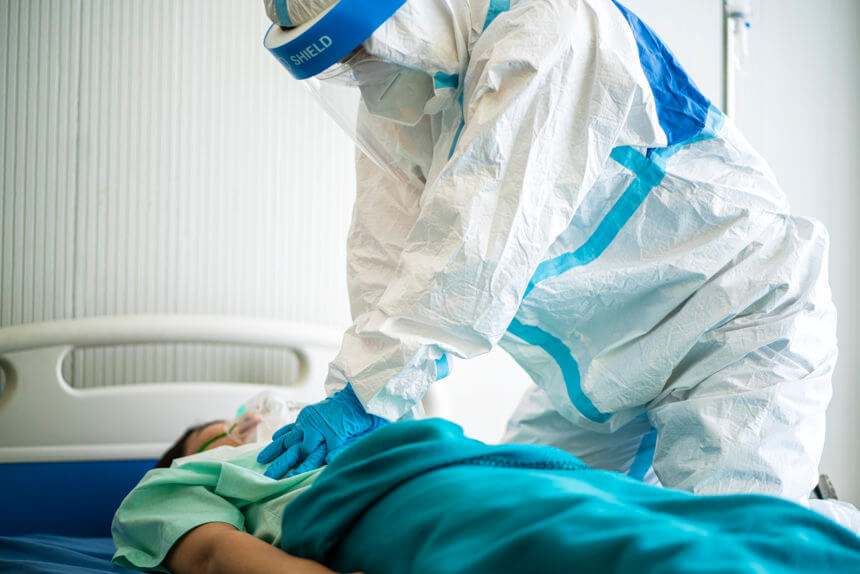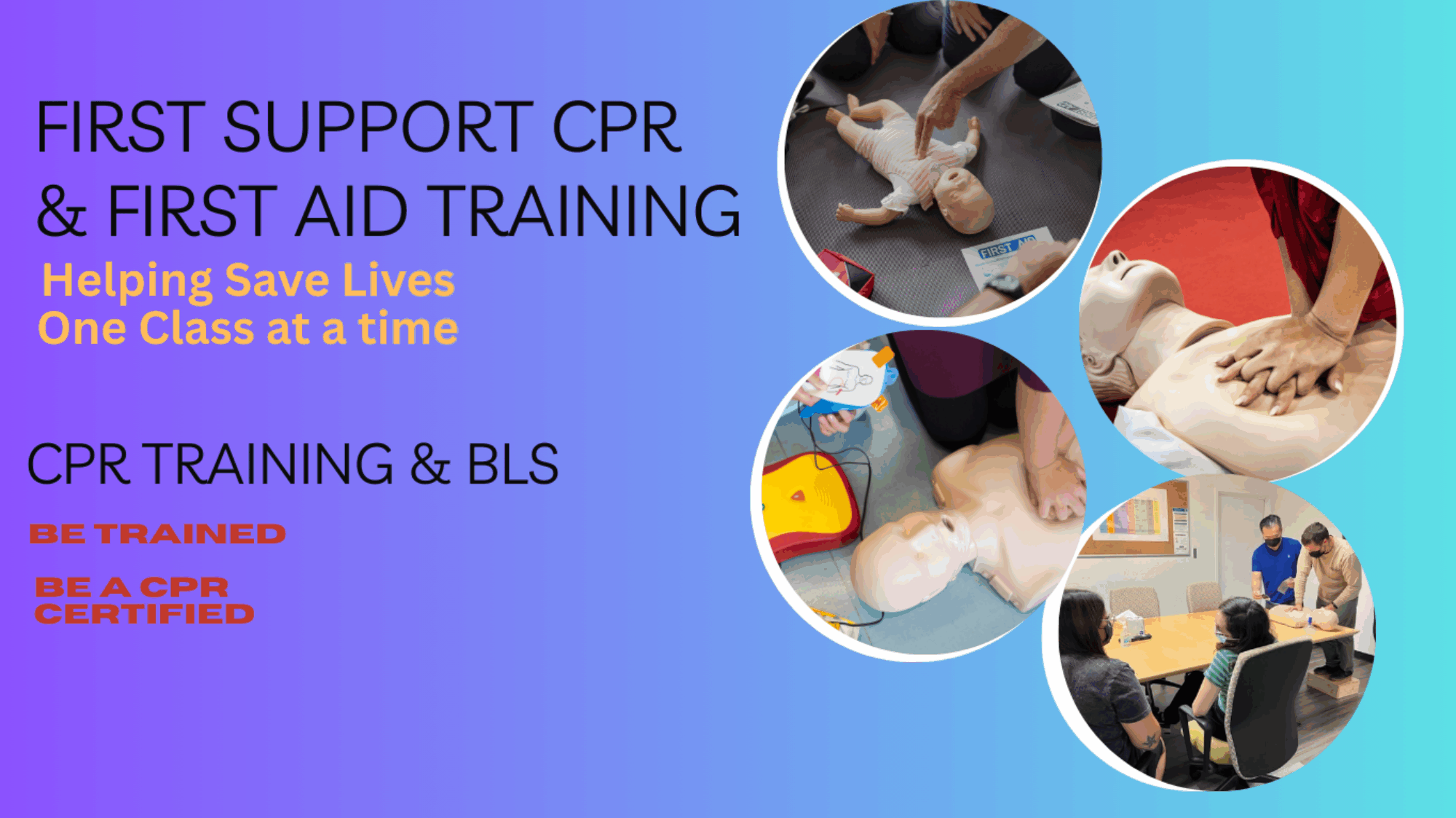An updated American Heart Association (AHA) guidance on cardiopulmonary resuscitation (CPR) for patients with suspected or confirmed COVID-19 states that the risk of death to the patient from withholding or delaying treatment for cardiac arrest is extremely high, while the risk of infection and serious disease for the provider is comparably much lower, particularly in providers receiving recommended COVID-19 vaccine doses and wearing appropriate personal protective equipment (PPE).
“The guidelines appropriately evolved as we learned more about COVID-19 and its spread,” commented Lamont Hunter, MPH, PA-C, president of the Society of Emergency Medicine Physician Assistants (SEMPA) and director of Emergency Medicine Advanced Practice Providers at Cottage Health, Santa Barbara, CA. “These guidelines are useful for PAs and [nurse practitioners] working in emergency medicine and EMS and should serve as a reminder that high-quality CPR should not be delayed for those with suspected or confirmed COVID-19,” said Mr Hunter, who was not involved in the development of the AHA guidance.

The AHA guidance and collaborating organizations released their first interim guidance for the resuscitation of patients with suspected or confirmed COVID-19 in April 2020. This guidance was updated based on updated AHA CPR guidelines released in October 2020, increased understanding of SARS-CoV-2 transmissibility, more stable access to PPE, and COVID-19 vaccination.
In the latest guidelines, the AHA introduces updated COVID-19 resuscitation algorithms based on the 2020 AHA Guidelines for CPR and emergency cardiovascular care and includes a COVID-19 maternal cardiac arrest algorithm. There is a new emphasis on providing chest compressions and defibrillation without delay, and added insight about potential aerosol-generating procedures (AGPs) and when specific PPE should be used (Table).
Highlights of 2021 Interim Guidelines on Cardiac Life Support in Patients with COVID-19
| Survival outcomes for cardiac arrests have worsened since the start of the COVID-19 pandemic |
| Quality care for cardiac arrests requires rapid initiation of chest compressions. This likely carries a low risk of SARS-CoV-2 transmission to the compressor. |
| For witnessed sudden cardiac arrests, chests compressions should be initiated immediately. Providers should not delay chest compressions to put on PPE or place face covering on patients. For pediatric patients, ventilations should be prioritized. |
| Providers wearing appropriate PPE should replace providers without sufficient PPE. For aerosol-generating procedures, appropriate PPE includes N95 masks with eye protection or positive-airway pressure respirators, gloves, and gowns. |
| For agonal breathing, consider passive oxygenation overlaid with a surgical face mask (if available) until a bag-mask device or HEPA-filtered device can be applied |
| Defibrillation should be performed as soon as indicated, and should not be delayed to put on masks or other PPE |
| HEPA filters should be securely attached along the exhalation ports of any ventilation devices. Low-dead space viral filters or heat and moisture exchanging filters with >99.99% viral filtration efficiency can be installed between the ventilation device and the airway as an alternative. |
| Video laryngoscopy and mechanical compression devices may be considered in institutions where they are available and personnel are already trained |
| Advanced care directives and goals of care should be discussed with all patients with suspected or confirmed COVID-19 when they arrive at the hospital and following any significant changes in clinical status. Health care providers should commit to ethical and evidence-based organizational policies when making decisions related to initiating and continuing resuscitation. |
| Newborn babies are unlikely to spread COVID-19, regardless of their mothers’ COVID-19 status; however, maternal respiratory secretions have the potential to transmit SARS-CoV-2 |
